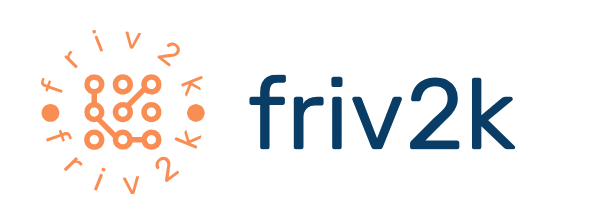Military technology continues to advance steadily as the millennium unfolds. Our society and therefore the social behaviors, are no longer the same of 40 years ago. Our lives today are marked by the use of technological devices that simplify and / or complicate humanity, economic aspects are far from what they were in the 1920s; Being the current markets more aggressive, powerful, agile and penetrating. Likewise, warlike conflicts demonstrate characteristics very different from what they were in the Cold War, and today paraphrasing Winston Churchill, “War has lost its essence and has become a matter of clerks pushing buttons.”
The use of Drones or Unmanned Aerial Vehicle (UAV) has approximately one hundred years of history. In 1916 the univindered professor Archibald Low was contracted by the British Ministry of the Air to promote a project of defense against the German dirigibles Zeppelins, creating in this way the first airplane by radial control used as aerial torpedo to destroy these dirgibles. While it is true that the project was a failure, it is also true that almost a century ago, human beings began to develop unmanned flying devices for military and / or defense purposes only. In recent times, the story is different. Numerous countries and companies have developed these machines under a harmonious mechatronics integration that makes reality and gives consistency to the project started in 1916. UAVs are the first line of battle within the Armed Forces and the first service tool of several agencies Search, rescue and public safety.
The website wikipedia defines a UAV as: A reusable unmanned vehicle, capable of maintaining a controlled and sustained flight level, and propelled by a propulsion or reaction engine. In such a case, regardless of the definitions, a UAV is an unmanned aircraft that can be operated remotely without endangering the life of humans in hostile environments. The complexity of the scenarios that present the present war conflicts, suppose the application of a strategy where the mission is fulfilled with the lower number of human casualties. Similarly, during humanitarian operations such as natural catastrophes, fires, earthquakes, floods among others, drones have proven to be of great help in saving human lives and accessing places of difficult access. With a drone practically the options are unlimited.
In our country the use of these devices is in its beginnings. The national government during 2007 established an agreement with the Islamic Republic of Iran for the construction of 15 Drones. The Arpia a modification of Mohajer-2 made its debut at the “El Libertador” air show in November 2011. In June 2012, CAVIM signed a millionaire contract with Iran’s Aerospace Industry to build a dozen Mohajer- 2 under certain modifications required by the national executive. According to official sources, Venezuelan airspace is constantly monitored by Arpia class drones. However, the little information provided in this regard the government makes presume that this project is not yet fully realized. On the other hand, from the civilian perspective, the use of these devices is limited to a few fans and very few options. In fact, the use of these devices (not as advanced as those of military use) became famous during the marches and / or protests of February 2013. Phantom Vision 2 or Apple’s AR Parrot are the most used by fans in our country.
With a wide margin for use and a number of applications, UAVs are employed in diverse ways around the world fulfilling their tasks to the full. In this sense, and beyond the simple recreational use the option of an “eye in the sky” or “the sky is the limit” can fulfill the following missions:
– Search and Rescue (SAR): In search and rescue operations every second counts. UAVs provide a quick overview and assessment of the situation. The view from the sky is the most accurate way to observe and make decisions.
– Industrial Inspections: Insuring pipelines, dams, gas lines, optical fibers among others is imperative. UAVs offer a much larger and more effective performance in visual inspections than a human, in addition to covering large areas in a few seconds or relatively minutes.
– Citizen Security: Protecting civil society is an important, arduous and difficult task of governments. Protecting citizens from threats such as terrorist attacks, assassinations, kidnappings, robberies, as well as identifying suspects and preserving the evidence is a great asset to public authorities. A UAV gives a significant advantage to the good against the bad.
– Border surveillance and protection: Monitoring borders in detail is a national security priority. UAVs provide greater efficiency and efficiency in border control and safeguard operations. Likewise, the mass protests around the world such as those of the Arab Spring or those of our country, need a broad vision of the situation to maintain control and ensure public protection. The UAVs are useful tools to keep the situation controlled and secured.
– Aerial photography: There is a saying that says: A good image is worth a thousand words. An aerial photograph exceeds the limits and perspectives of a photo. It also allows you to capture stunning images at a much lower cost than renting a light aircraft or helicopter.
– Research and science: A UAV, allows breaking barriers and access to remote places. Observing a volcanic eruption from the sky, conducting an archaeological operation, observing a herd of wild animals is one of the many options offered by these systems.

